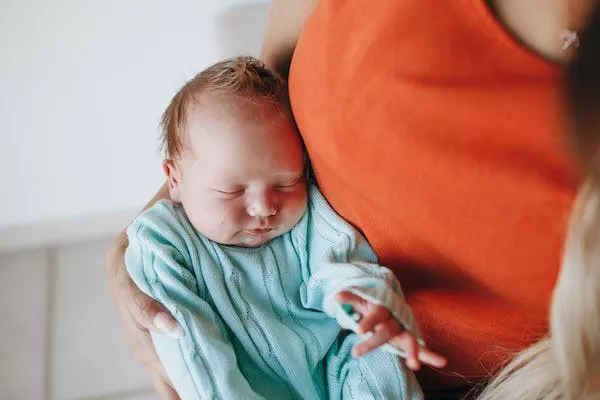Welcoming a new bundle of joy into your life is an incredibly special and exciting time. As a parent, ensuring your baby’s safety and well-being is your top priority, especially during sleep. Creating a safe sleep environment for your infant is essential to promote their healthy growth and development. In this comprehensive guide, we will explore the key factors that contribute to a safe and peaceful sleep environment for your little one.
Choosing the Right Sleeping Surface:
Selecting a suitable sleeping surface is crucial for your baby’s safety. The American Academy of Pediatrics (AAP) recommends placing your infant on a firm mattress covered with a fitted sheet. Avoid using soft surfaces like couches, armchairs, or adult beds, as these can increase the risk of suffocation or accidental rolling over. Investing in a crib or a bassinet that meets safety standards is an excellent choice for providing a secure sleeping space.
Positioning Your Baby:
The AAP strongly advises placing infants on their backs to sleep until they reach one year of age. This position reduces the risk of sudden infant death syndrome (SIDS). Avoid placing your baby on their side or stomach to sleep, as this can lead to an increased risk of suffocation. Once your baby can roll over independently, there is no need to reposition them if they assume a different sleep position.
Bedding and Soft Objects:
Keep the sleeping area free from any loose bedding, pillows, blankets, stuffed animals, or crib bumpers. These items pose suffocation hazards and can increase the risk of SIDS. Instead, dress your baby in appropriate sleepwear to keep them warm. If needed, consider using a sleep sack or a wearable blanket that provides warmth without the need for loose bedding.
Room Temperature and Ventilation:
Maintaining a comfortable sleep environment temperature is essential for your baby’s well-being. Keep the room cool, ideally between 68-72°F (20-22°C), to prevent overheating. Dress your baby in a single layer of clothing suitable for the room temperature. Ensure that the room has adequate ventilation, allowing fresh air to circulate.
Avoid Overcrowding the Crib:
A clutter-free crib is a safe crib. Remove any unnecessary items such as toys, mobiles, or decorative objects that can obstruct your baby’s breathing or pose choking hazards. Ensure that the crib is solely dedicated to your baby’s sleep, minimizing the risk of accidents.
Smoke-free Environment:
Exposure to tobacco smoke increases the risk of SIDS. It is crucial to keep your home and the baby’s sleeping area completely smoke-free. If you or anyone else in your household smokes, consider quitting or strictly limiting smoking to areas outside the home, away from your baby.
Room Sharing, Not Bed Sharing:
To foster bonding and ensure easy access to your baby during the night, the AAP recommends room sharing for the first six to twelve months. Place your baby’s crib or bassinet near your bed, making it convenient for nighttime feeding and comforting. However, it is crucial to note that bed sharing increases the risk of accidental suffocation or strangulation. If you choose to bring your baby into your bed for feeding or comforting, always place them back in their separate sleep space before you fall asleep.
Breastfeeding:
Breastfeeding offers numerous health benefits for your baby, including a reduced risk of SIDS. The AAP suggests exclusively breastfeeding for the first six months and continuing to breastfeed alongside complementary foods for at least one year, or as mutually desired by mother and baby. During nighttime feedings, create a comfortable and safe environment by dimming the lights and ensuring you are in an alert state.
Regular Check-ups:
Schedule regular well-baby check-ups with your pediatrician to monitor your baby’s growth and development. Discuss any concerns or questions you may have about your baby’s sleep patterns or safety.
Educating Caregivers:
Ensure that anyone caring for your baby, including grandparents, relatives, and babysitters, is aware of the safe sleep guidelines. Share this article or relevant resources with them, emphasizing the importance of creating a safe sleep environment.
Remember, every baby is unique, and their sleep patterns and preferences may vary. While these guidelines provide a solid foundation, it is important to be attentive and responsive to your baby’s individual needs. Creating a safe sleep environment will not only give you peace of mind but will also contribute to your baby’s overall well-being, growth, and development. Cherish these precious moments while knowing that you are providing your little one with a nurturing and secure environment to rest and grow.


